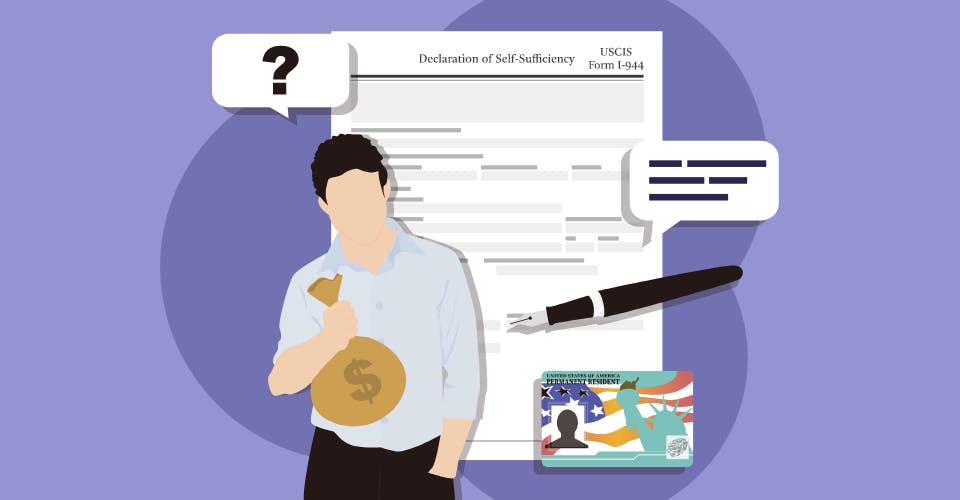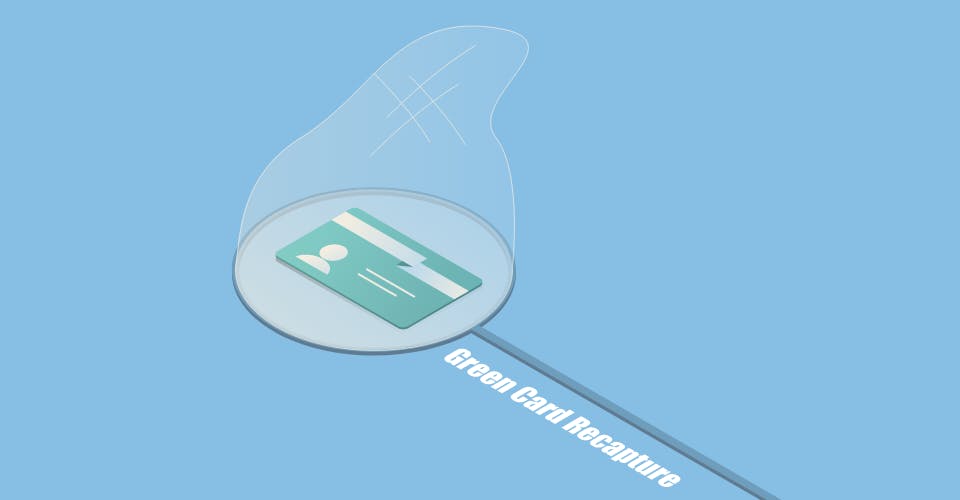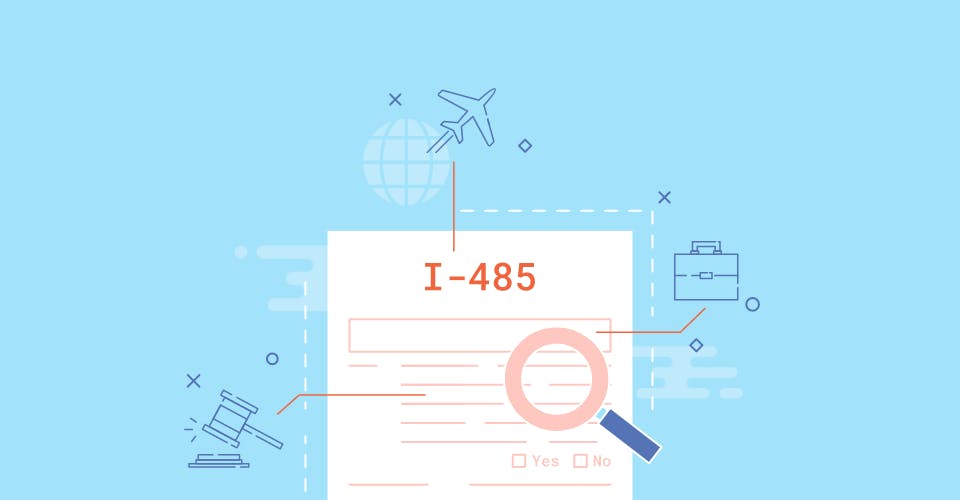The public charge rule is still in effect in the United States. This rule mainly applies to green card applicants who are in the middle of processing their I-485, and can be scrutinized by the USCIS based on their financial history/economic situation/and their history with needing public benefits for periods of longer than 12 months in a row.
The final rule for the public charge decision, published on August 14th, 2019, and originally scheduled to go into effect on October 15th, 2019, prescribes how the DHS will determine whether an alien is granted a visa to enter the United States or whether a noncitizen can adjust to lawful permanent residence in the U.S. Public charge means that an immigrant or non-citizen is likely to become dependent on government assistance under section 212 of the Immigration and Nationality Act (INA).
Due to the pandemic, legal challenges were brought to the public charge rule because of the concern that public health could be harmed if immigrants were deterred from testing, as Medicaid counted as a public charge.
However, the courts have appealed and now the official ruling is that all applications and petitions that were submitted electronically on or after February 24th, 2020 apply to the rule.
What is the I-944?
In order to avoid becoming a public charge, it is now required for almost every I-485 applicant that an I-944 is filed as part of the overall green card application package. The form can be downloaded from the USCIS website and is also available here: https://www.uscis.gov/sites/default/files/document/forms/i-944-pc.pdf
The form is 18 pages long and there is currently no filing fee for this form.
Let’s take a brief rundown of the form and all of the necessary information an applicant will need to successfully complete this document:
Section 1- Information about you. Basic biographic information including your nationality as well as your A-Number.
Section 2- Family Household. This section asks applicants to fill in all of the applicants household members. Each member is indicated with a new blank slot to fill in their names and their relationship to the primary applicant. The other key question asked in this section is whether each family member is currently living with you.
Section 3- Assets, Resources, and Financial Status. This is arguably the most important section on the entire application— as a reviewing officer, once this section is completed, will be able to get a glimpse of the entire families economic/financial status and whether they might be considered grounds to be a public charge.
The section asks the applicant to list their annual income, as well as the annual income of each household member they are living with. The application gives applicants a space to provide an explanation as to why they (or family members) have not filed their taxes in a given year. The application also asks each for each family’s member additional income earned via child support in a given year.
Section 3, Continued- Next, the application asks for each household member to list their total Assets, and Liabilities. Examples of assets are the following:
- Cash in the bank
- Investments
- Real-estate (land or property owned)
- Car (depreciating asset)
In general, assets are resources that can help generate revenue and an account receivable for a family/entity (which is why cars are short term assets as their value is continuously dropping). One’s apartment is not an asset because each month represents a sunk cost, and you cannot generate revenue from renting an apartment. Applicants should consult a financial advisor if they are unsure of what to list on the “Assets” column.
Liabilities on the other hand are financial obligations an individual must meet. The form gives a list of categories of liabilities for which applicants will need to fill in a dollar amount next to.
Applicants will also need to list their own credit score, if they know it, and will need to state if they are currently on a health insurance plan in this section.
Applicants will also need to list for themselves whether or not they have accepted a public benefit and then, if they have checked any of the boxes provided, go into greater detail of the duration they were receiving the benefit and the total amount received.
Section 4- Education and Skills. This is where an applicant has ample space to list degrees and/or certificates they have received. The section is broken up into one part for university degrees and another for Occupational/Licensing.
Part 5- Declaration’s Statement, Contact Information, and Signature. If applicants used an interpreter while filling out this form, they will need to verify this information in this section. The applicant will also need to sign their name testifying that all of the information they provided is correct.
Part 6/7- Interpreter/Preparer Contact Information and Signature If applicants used an interpreter or a preparer while filling out this form, they will need to provide the contact information in this section.














